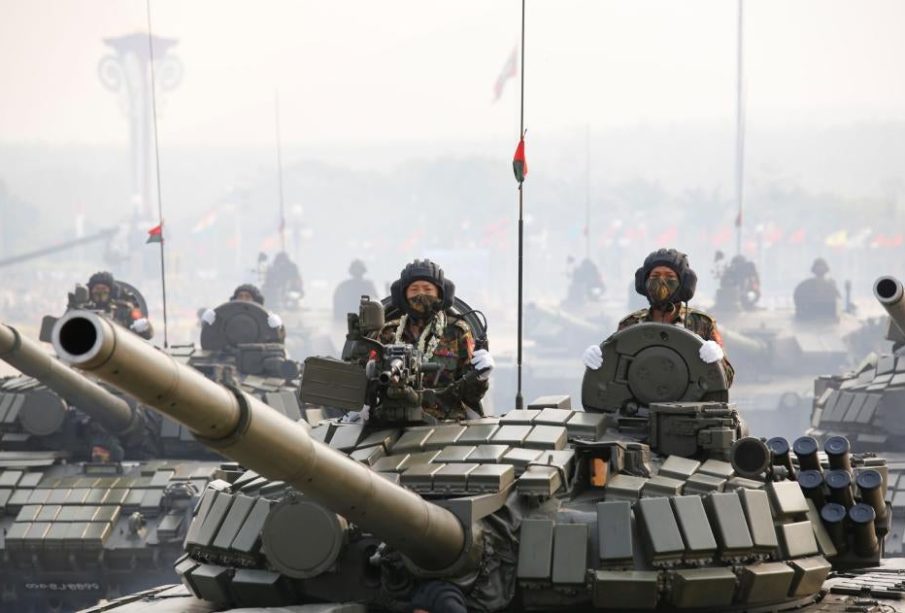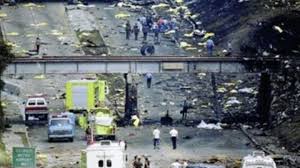Understanding the Current Situation in Myanmar

Introduction
The situation in Myanmar remains a topic of considerable concern, marked by ongoing political turmoil and humanitarian issues. Following the military coup in February 2021, which overthrew the democratically elected government, the country has seen widespread protests, violence, and international condemnation. The importance of understanding these dynamics is vital not only for the citizens of Myanmar but also for global political stability and human rights.
Political Landscape
Since the coup, the ruling military junta, known as the State Administration Council (SAC), has faced significant opposition from various pro-democracy groups and ethnic armed organisations. Reports indicate that more than 2,300 civilians have lost their lives due to the military’s violent crackdowns on protests. The National Unity Government (NUG), formed by ousted lawmakers and ethnic leaders, has received support from some international bodies, claiming legitimacy over the military government.
Humanitarian Crisis
The prolonged conflict has triggered one of the most severe humanitarian crises in Southeast Asia. The United Nations has reported that over 1.3 million people have been displaced due to the conflict, with many fleeing to neighbouring countries. Food insecurity is also on the rise, with millions facing acute hunger as the economy struggles under the weight of sanctions and ongoing violence. Aid groups face significant challenges in reaching affected populations due to restrictions imposed by the military.
International Response
Countries around the world have reacted with a mixture of condemnation and imposed sanctions against the Myanmar military leaders. The Association of Southeast Asian Nations (ASEAN) has attempted to mediate the crisis but has struggled to achieve consistent support from its member states. Human rights organisations continue to push for accountability and urge for more robust international action, including arms embargoes and targeted sanctions against those responsible for human rights abuses.
Conclusion
The situation in Myanmar is increasingly precarious, with political instability leading to severe humanitarian consequences for its citizens. The attention on Myanmar remains crucial as the international community grapples with how best to support the return to democracy while alleviating the suffering of the people. As the months progress, vigilance and ongoing advocacy will be necessary to bring about change and foster stability in Myanmar’s future.









